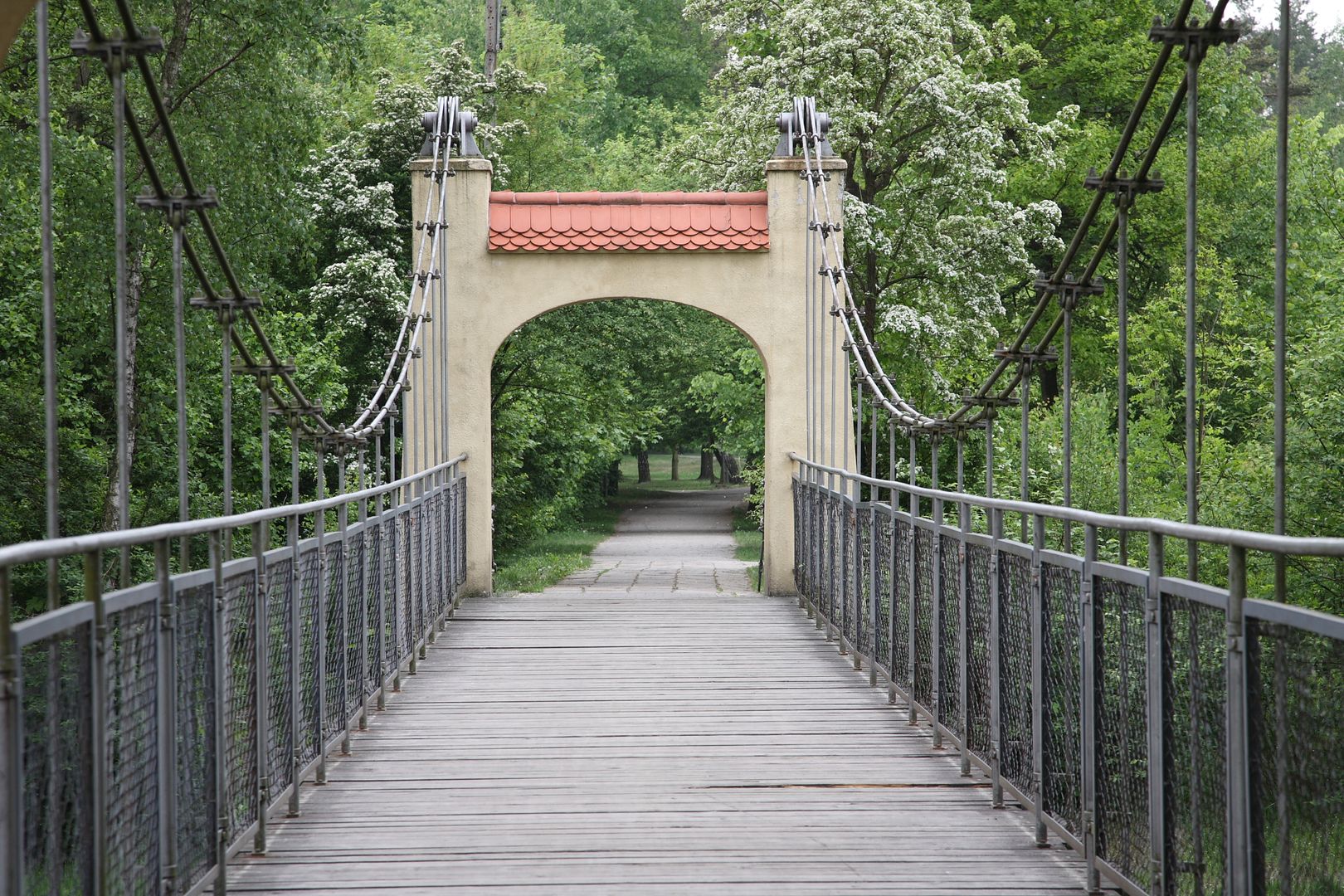Krupski Mill
6.27

Overview
The commune of Krupski Młyn, located in the Silesian Voivodeship in Tarnowskie Góry County, covers an area of 39 km², with forest land dominating (83.7%), accounting for 6.1% of the county's area. Situated on the eastern edges of the Opole Plain, the area is characterized by relatively infertile podzolic soils and rich forests that form part of the Lubliniec Forest Complex. The commune consists of two localities: Krupski Młyn and Potępa, which developed in the 16th century thanks to iron forges. The first mentions of settlements in these areas date back to the years 1640–1641. A significant event in the commune's history was the industrial development in the late 19th century, associated with the establishment of an explosives factory, which contributed to population growth. After 1945, the area became part of Poland, and Krupski Młyn gained the status of a rural commune in 1991. The commune is home to valuable historical sites, such as early 20th-century buildings in Krupski Młyn and chapels and shrines in Potępa. Among the notable monuments are the Chapel of the Holy Sepulchre from 1672 and a suspension bridge from the 1930s. The commune prioritizes environmental protection, implementing modern solutions in water and sewage management and promoting ecological heating sources. Krupski Młyn has won numerous environmental awards, highlighting its pro-ecological approach. The commune is an ideal destination for enthusiasts of active recreation, including hiking, cycling, and kayaking on the Mała Panew River, known for its meandering course and rich fauna, including beavers and rare bird species. The commune also boasts good transport connections thanks to a railway line and national road No. 11.
Location
2025 Wizytor | All Rights Reserved